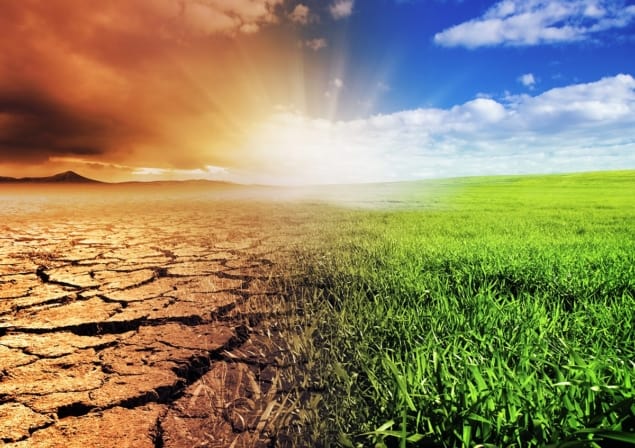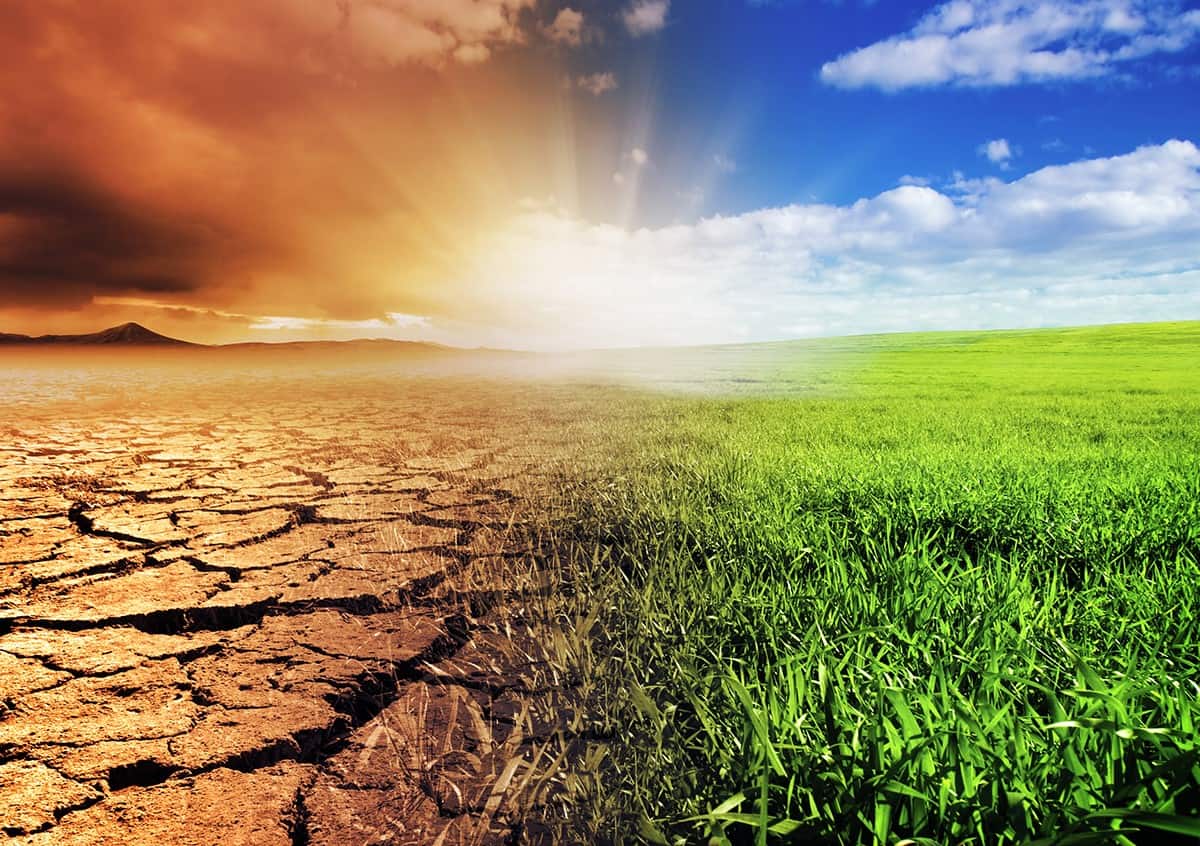
Using aerosols to reflect sunlight and cool the planet will weaken storm tracks in the temperate latitudes in both hemispheres, an international team of scientists warn. Their modelling suggests that while such solar geoengineering schemes could reduce the severity of winter storms, they would also stagnate weather systems in the summer. This could lead to more intense heat waves, increases in air pollution, and changes in ocean circulation.
Solar geoengineering involves cooling the Earth by reflecting incoming sunlight and is seen by some scientists as a way of mitigating the effects of global warming. One popular strategy involves placing reflective aerosols in the stratosphere – using aircraft, balloons or blimps – to block sunlight.
But the effects of solar geoengineering are unknown. It would not work as simply as cooling the planet and therefore returning Earth’s climate to pre-industrial levels. Climate under solar geoengineering would be different, as there would still be marked increases in atmospheric carbon dioxide levels.
Extratropical storm tracks
Charles Gertler, a graduate student in the Department of Earth, Atmospheric and Planetary Sciences at the Massachusetts Institute of Technology, in the US, and colleagues were interested in how injecting aerosols into the atmosphere would impact the pole‐to‐equator temperature gradient in both hemispheres, and the effect that could have on extratropical storm tracks. These are regions in the mid and high latitudes with heightened incidences of storms known as extratropical cyclones, which play a significant role in determining the day-to-day weather conditions in many parts of the world.
“About half the world’s population lives in the extratropical regions where storm tracks dominate weather,” Gertler explains. He adds, “Storm tracks feed off of meridional temperature gradients, and storm tracks are interesting because they help us to understand weather extremes.”
The team used various climate models to explore the effects of solar geoengineering on storm tracks. First, they analysed simulations from experiment G1 of the Geoengineering Model Intercomparison Project which provides solar radiation management schemes for researchers to use with climate models.
Balancing warming
In the G1 scenario solar radiation is reduced to balance warming caused by a quadrupling of carbon dioxide concentrations, relative to pre-industrial levels. This was run for 50 years and compared with a model that kept carbon dioxide at pre-industrial level and one that simulated a quadrupling of carbon dioxide concentrations, to provide a baseline and a global warming scenario, respectively.
The team ran two other climate simulations. The first, known as ‘half G1’, aims to model a scenario half-way between the G1 geoengineering simulation and a future where carbon dioxide concentrations quadruple. In the other model aerosols are injected into the stratosphere at four different latitudes controlled by a feedback algorithm.
Their results, described in Geophysical Research Letters, show that reflecting solar radiation to counteract global warming would weaken storm tracks in both the northern and southern hemispheres. These effects are driven by changes in mean temperature and humidity at different latitudes that reduce the pole‐to‐equator temperature gradient in both hemispheres. Essentially, reducing incoming solar radiation cools the equator while the poles continue to warm.
“Novel changes in climate”
“Our results show that solar geoengineering will not simply reverse climate change,” Gertler explains. “Instead, it has the potential itself to induce novel changes in climate.”
In the Northern hemisphere storm tracks are also predicted to weaken with climate change. The latest work suggests that this would occur at a similar magnitude as with solar geoengineering. In the southern hemisphere, however, global warming is expected to increase the intensity of the storm tracks and shift them south. With solar geoengineering these storm track would weaken, with some of the models indicating that there may also be a poleward shift in these systems.

Can geoengineering ever be low risk?
“A weakened storm track, in both hemispheres, would mean weaker winter storms but also lead to more stagnant weather, which could affect heat waves,” Gertler says. “Across all seasons, this could affect ventilation of air pollution. It also may contribute to a weakening of the hydrological cycle, with regional reductions in rainfall. These are not good changes, compared to a baseline climate that we are used to.” In the southern hemisphere changes in storm track intensity could impact wind‐driven ocean circulations and affect the stability of Antarctic ice sheets, the researchers warn.
“This work highlights that solar geoengineering is not reversing climate change, but is substituting one unprecedented climate state for another,” Gertler says.
